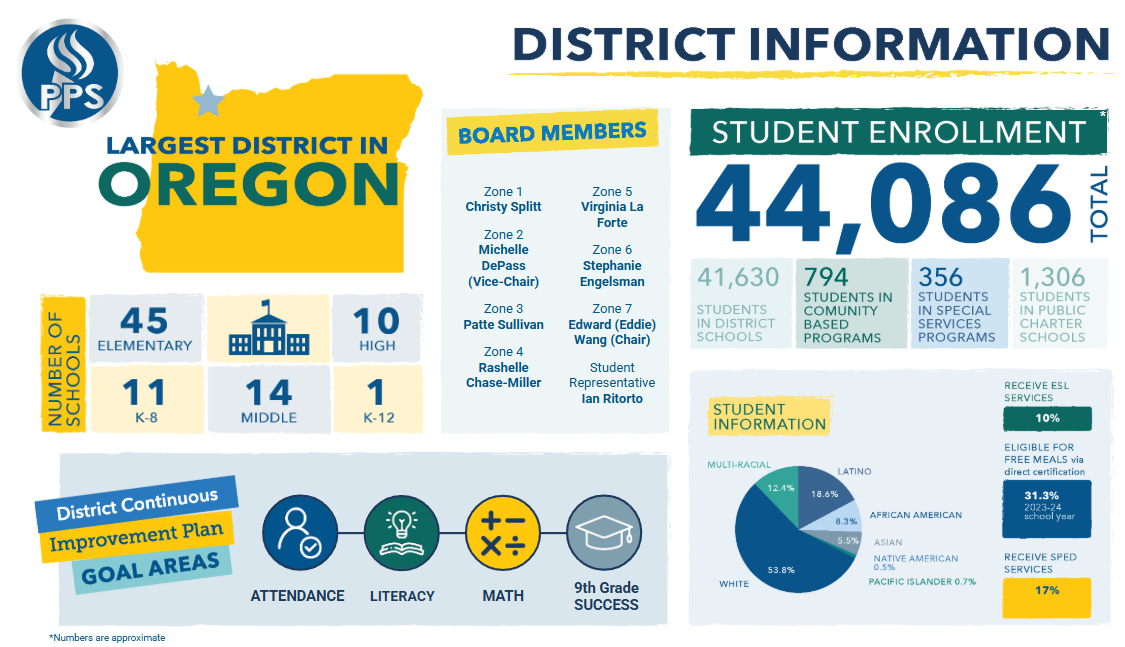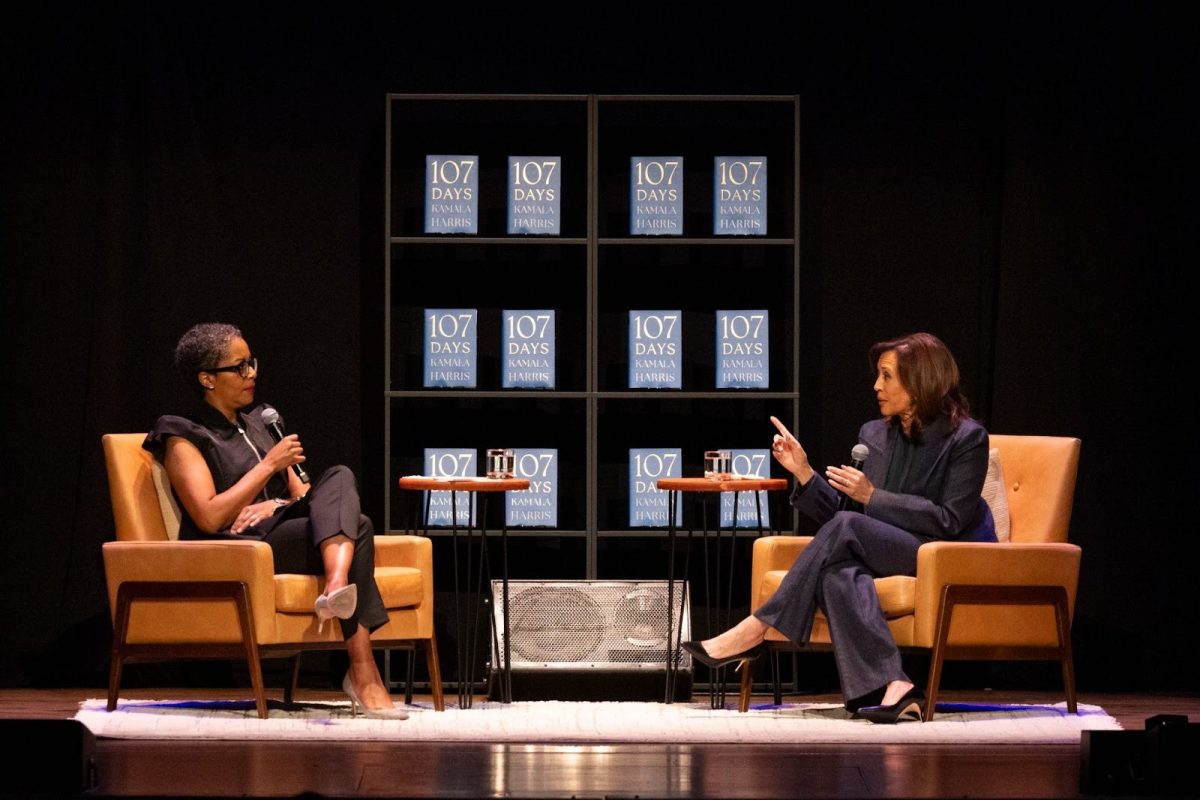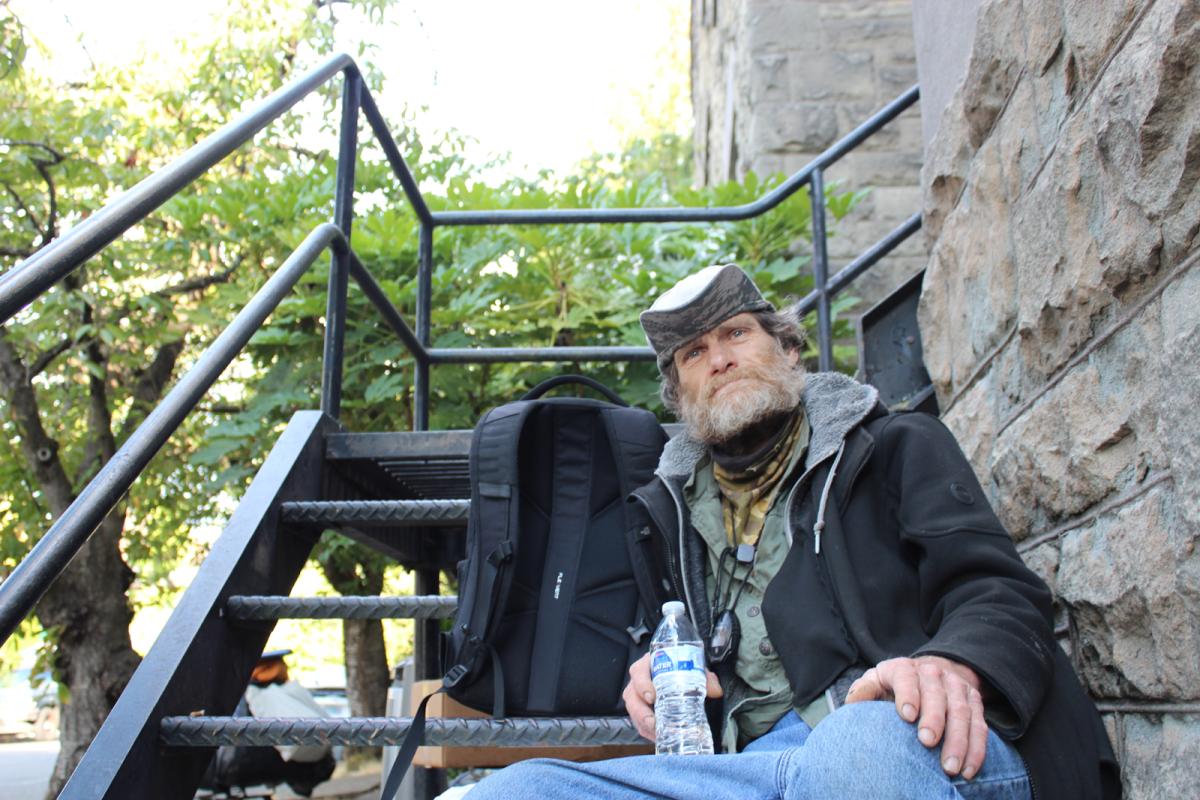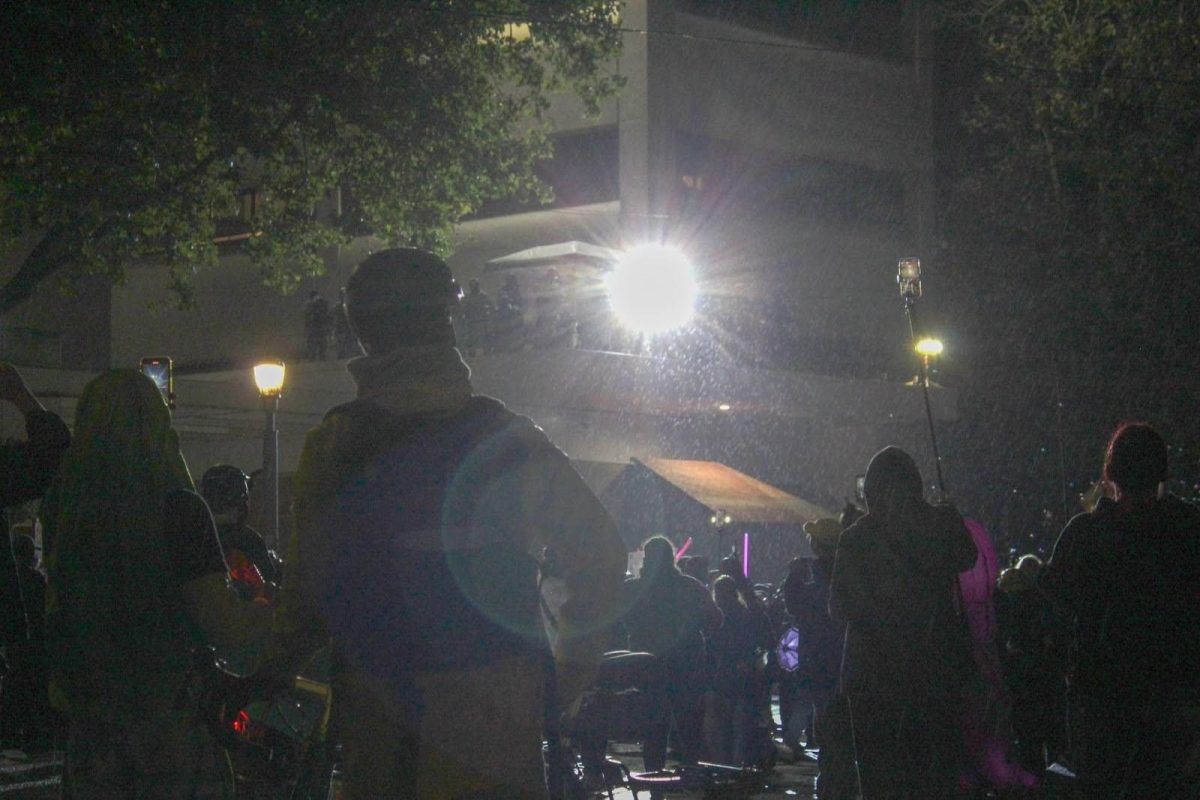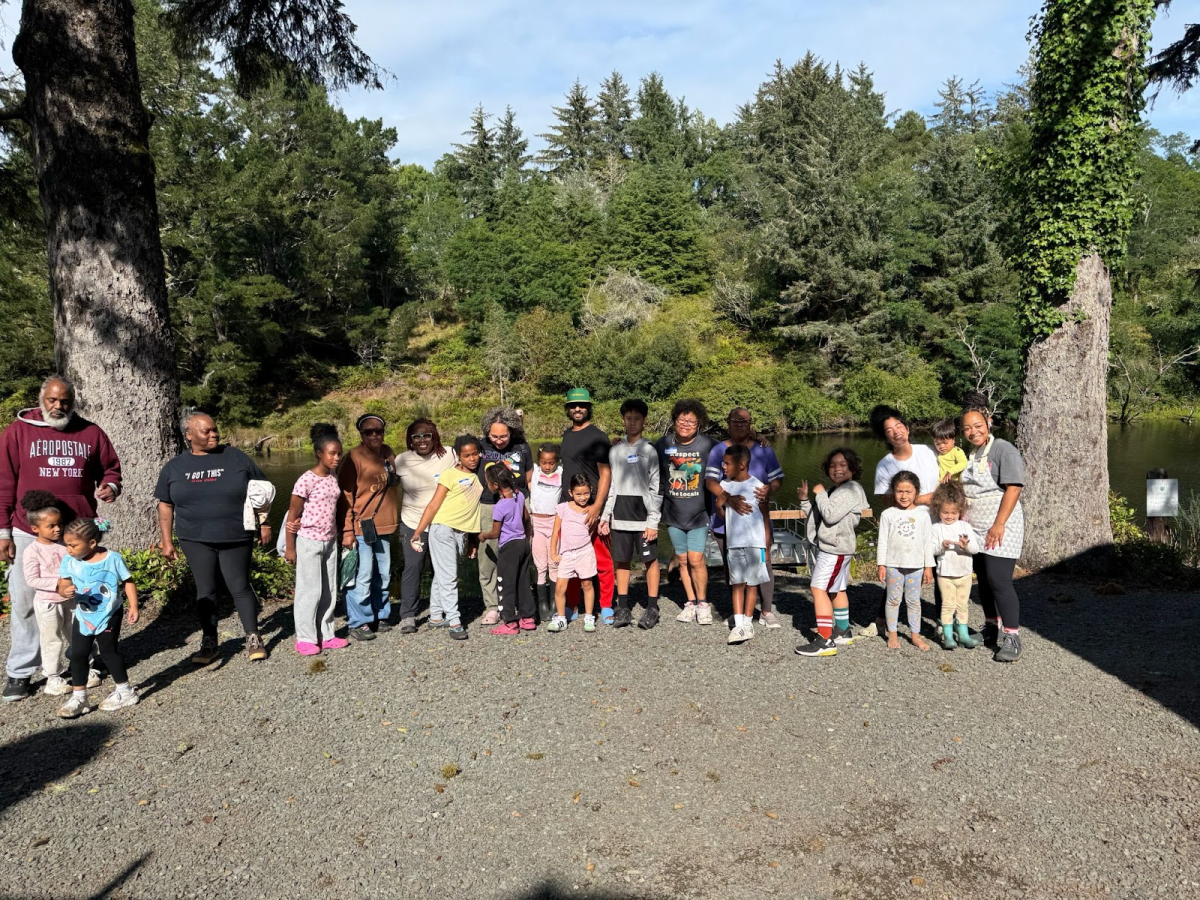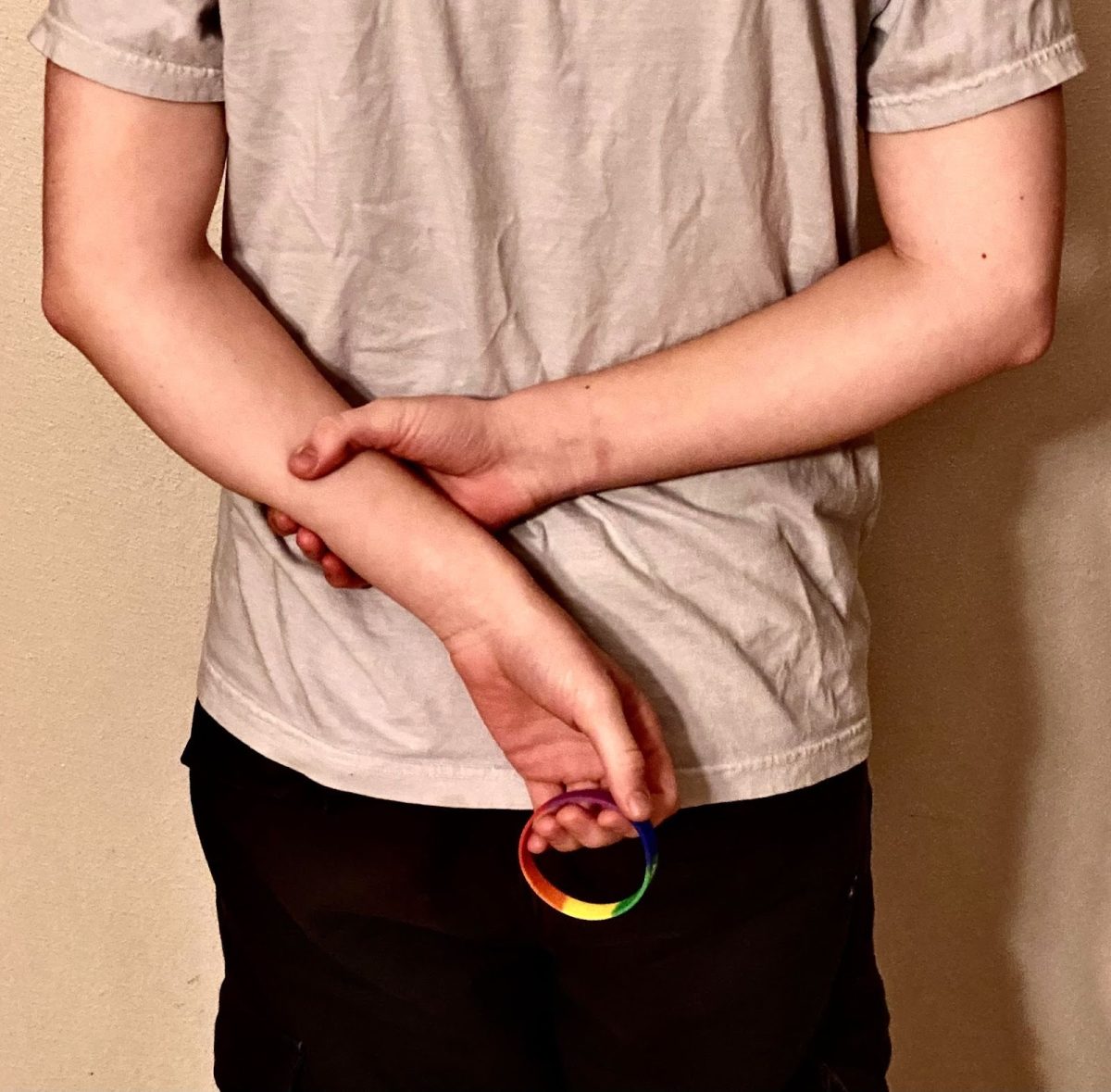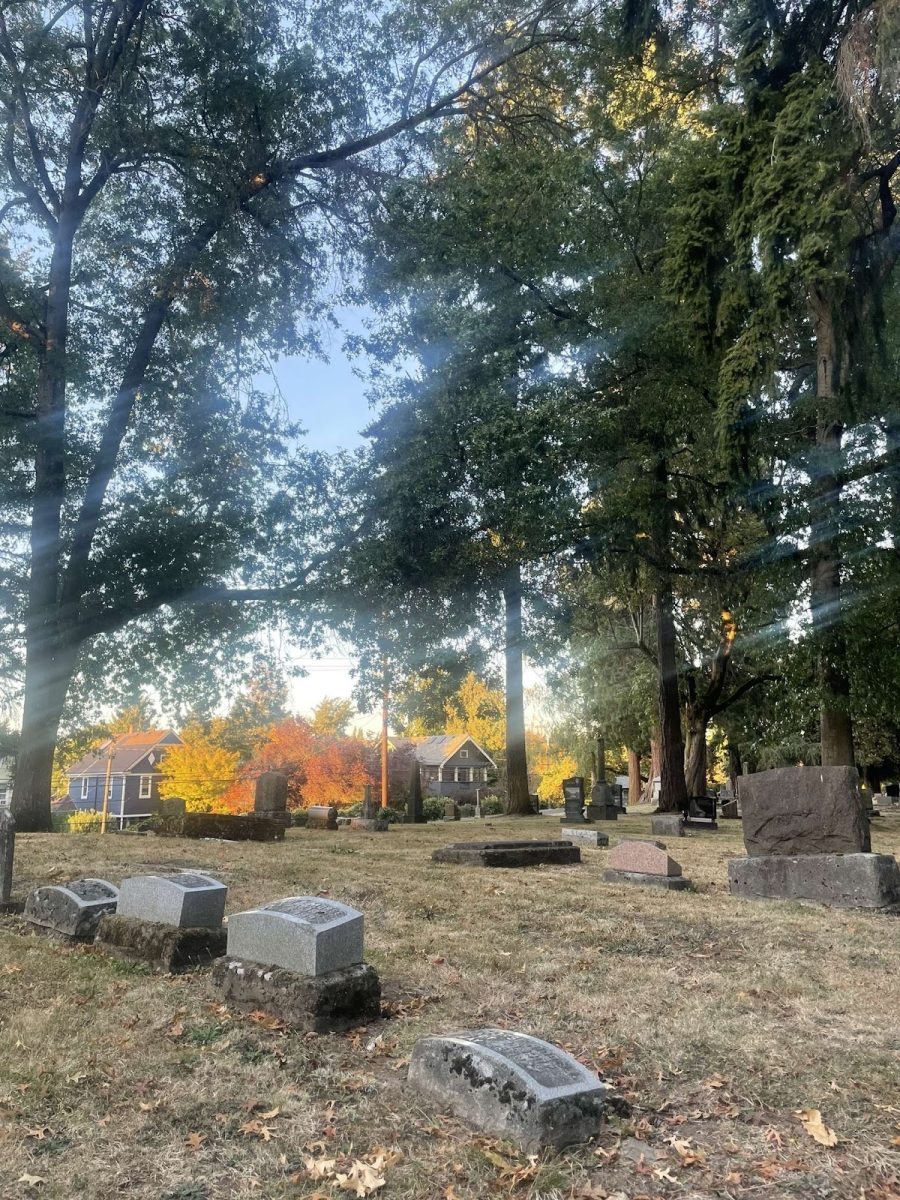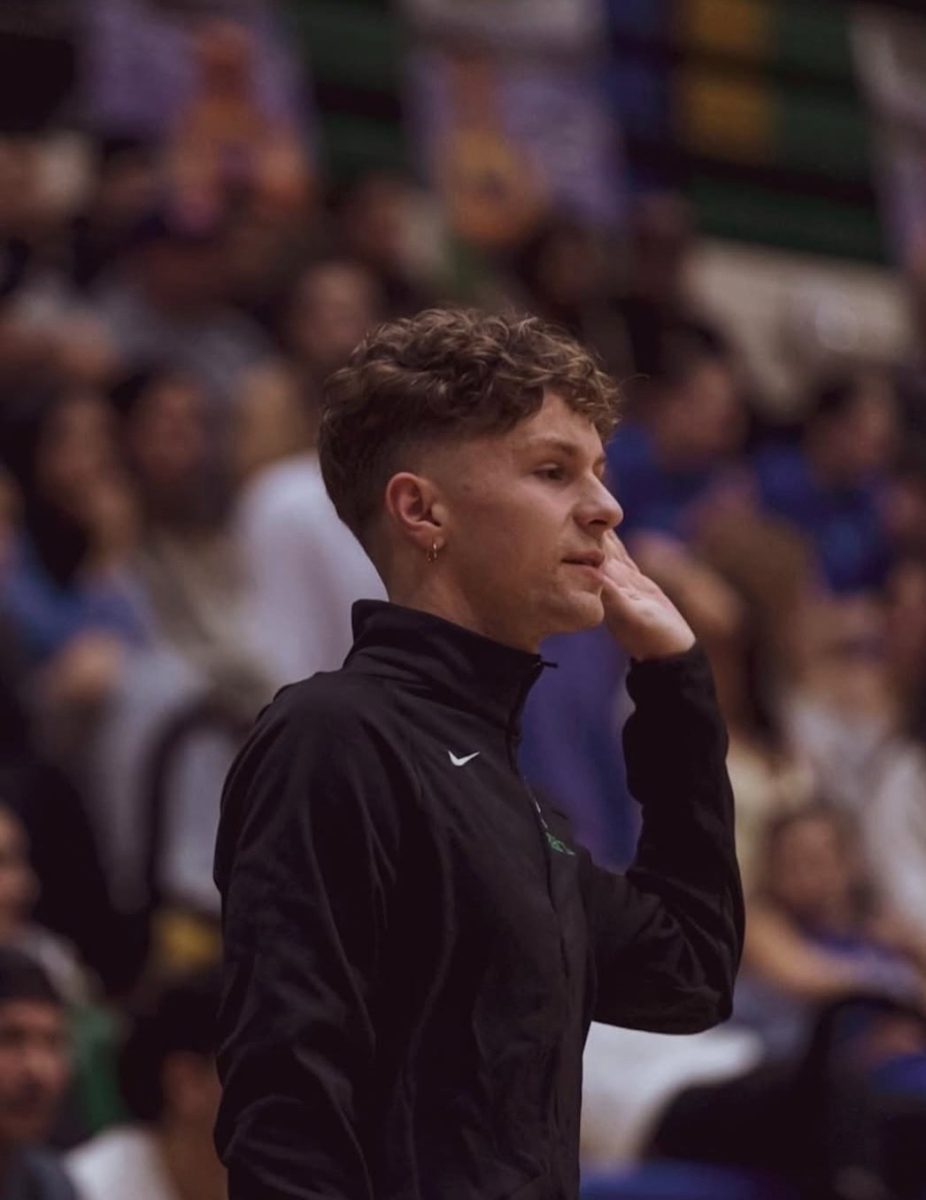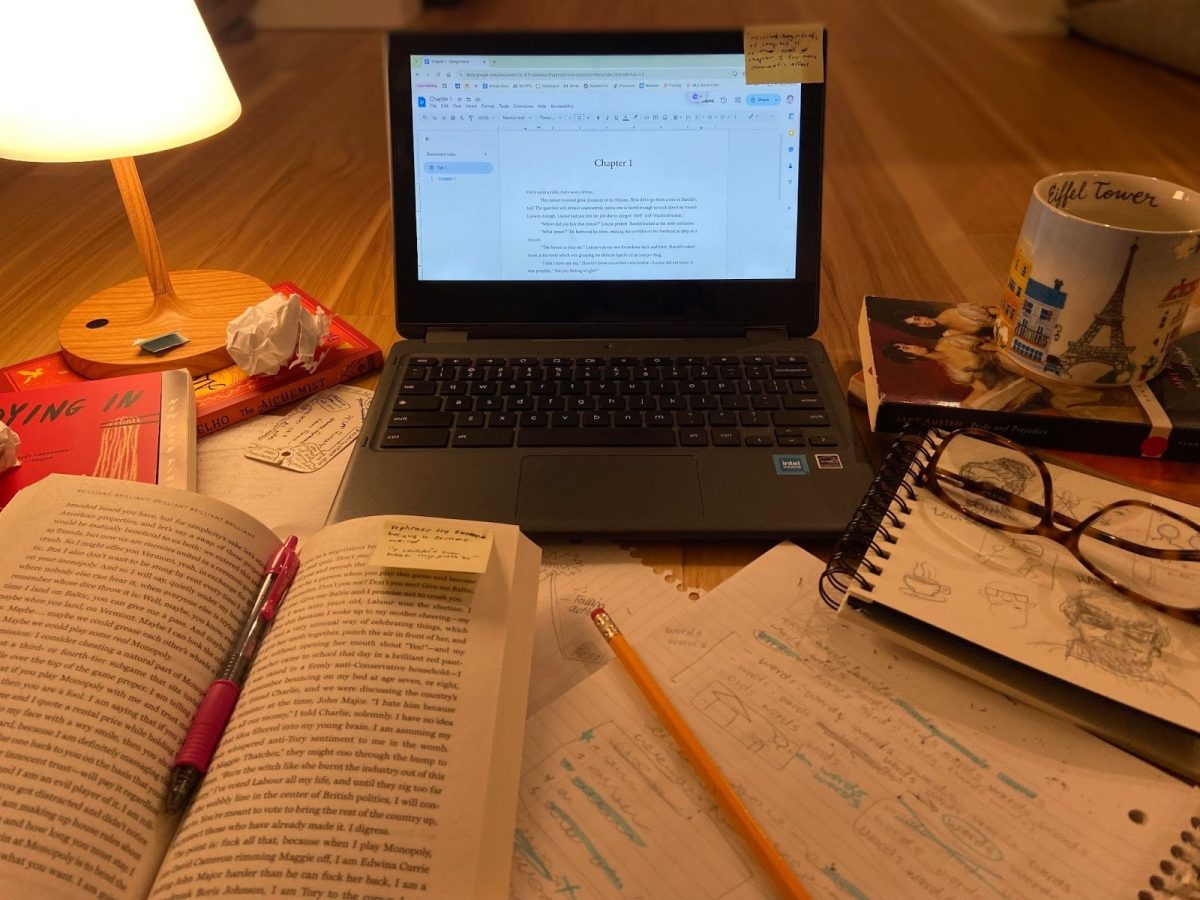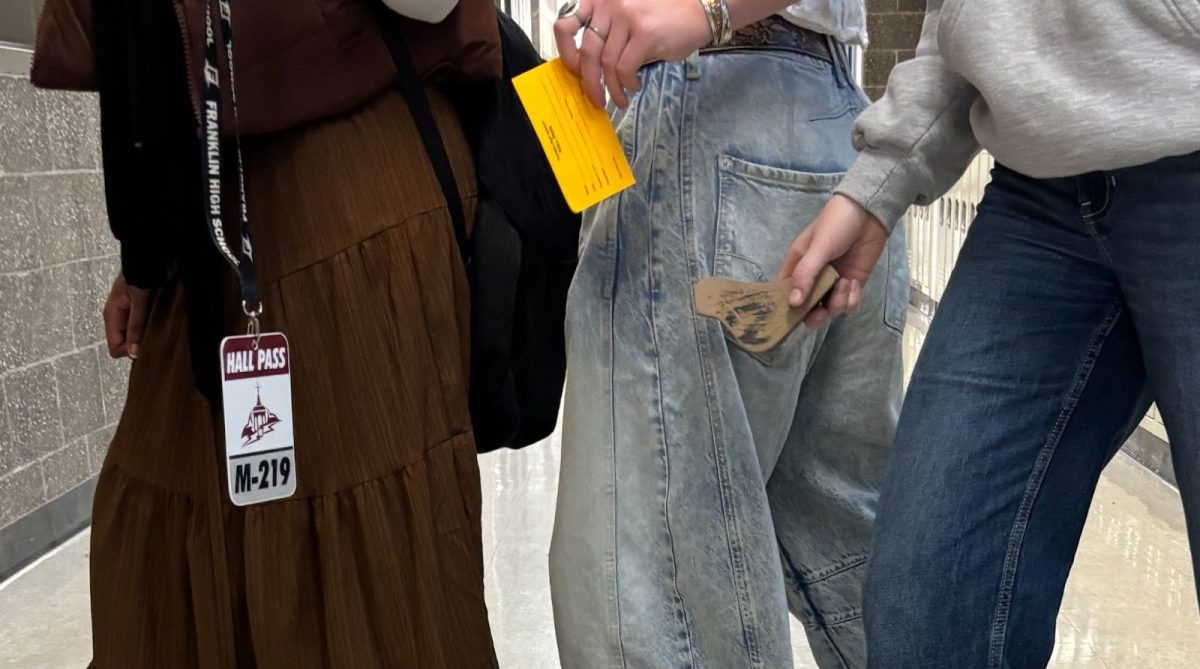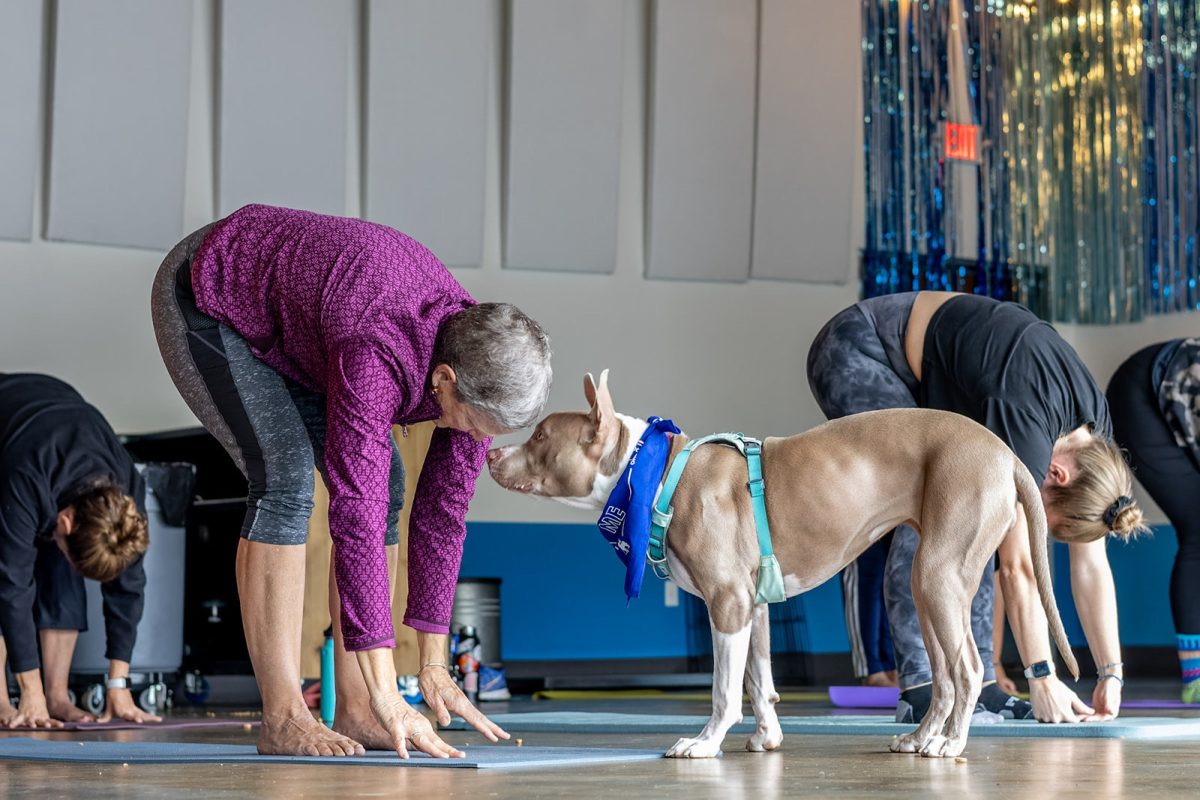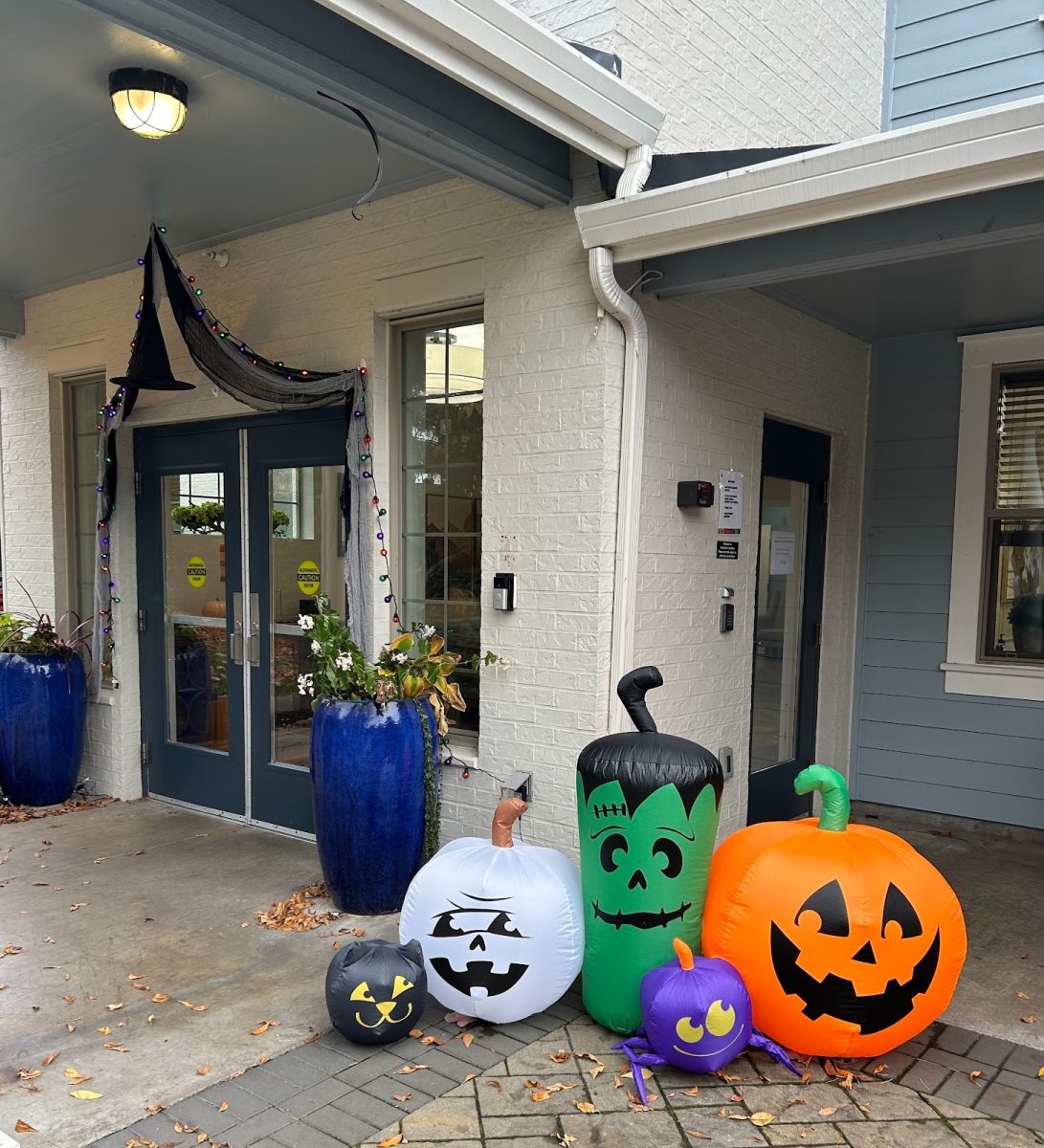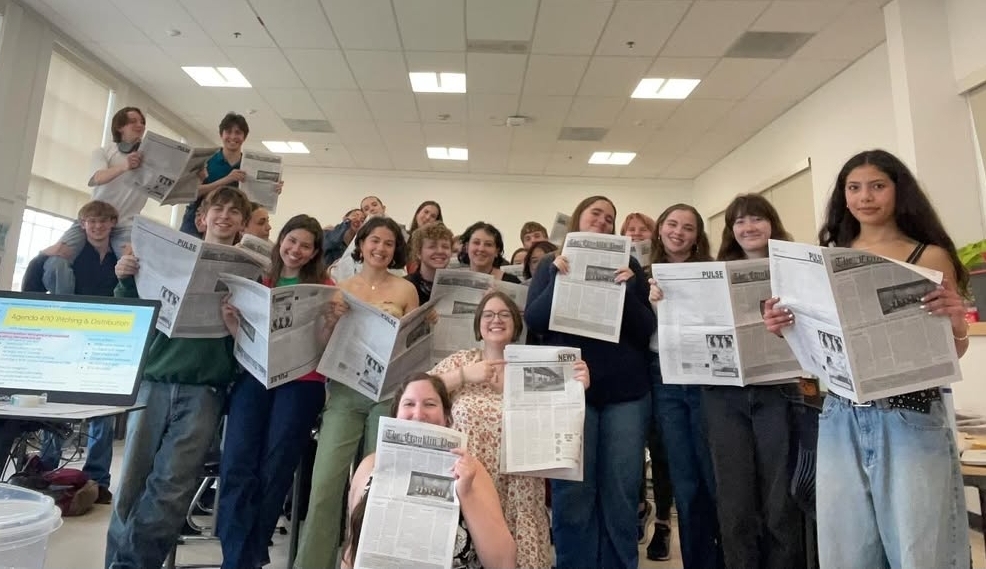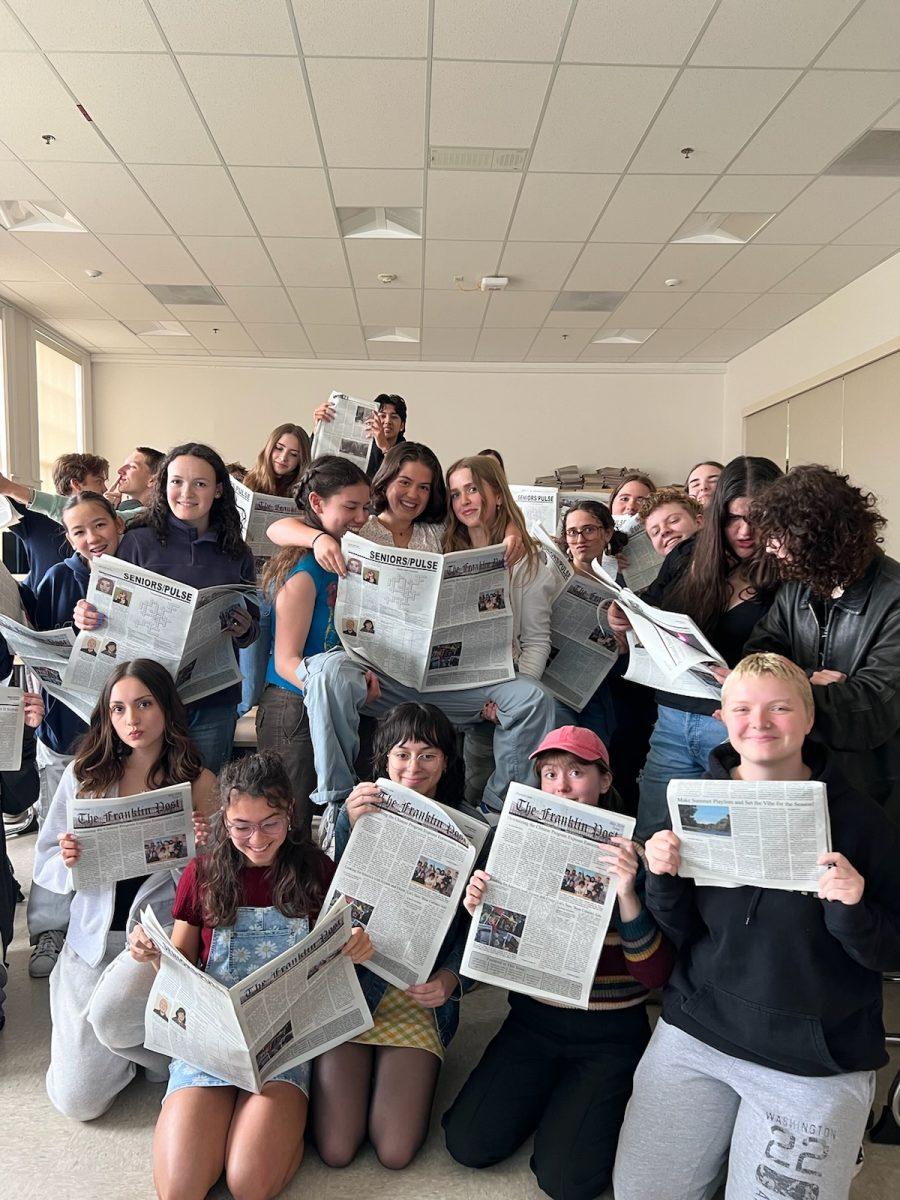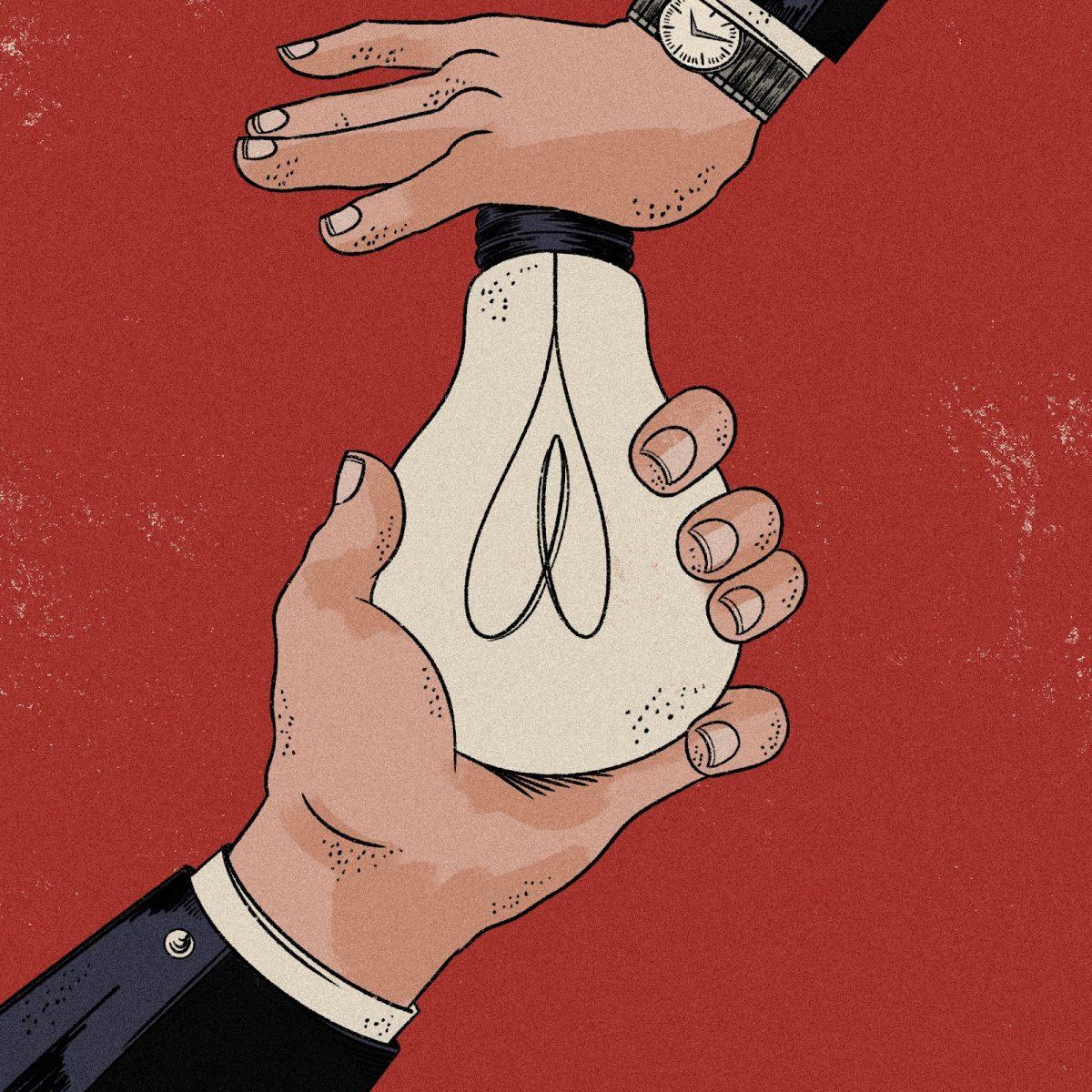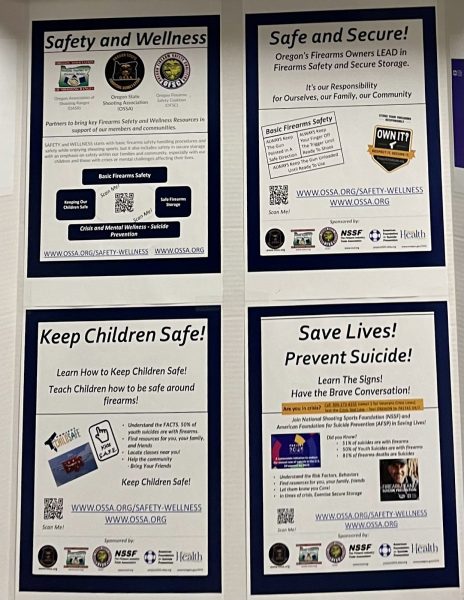
Content Warning: This article discusses suicide, gun violence, and school shootings.
November 2022 — Oregon voters narrowly pass Ballot Measure 114, a sweeping expansion of Oregon’s gun laws. The law requires a permit — with an application fee — issued by local law enforcement, photo ID, fingerprinting, safety training, and a completed criminal background check to purchase a firearm. The measure would also prohibit any “manufacture, sale, or transfer of large-capacity ammunition magazines and regulate the use of such magazines.”
Reverend Dr. W. J. Mark Knutson, chair of Lift Every Voice Oregon (LEVO) and pastor of Augustana Lutheran Church, has been working to pass gun control laws for years. LEVO is an interfaith group, formed to stop gun violence, that worked to pass Measure 114 and obtained the 161,000 signatures that put the measure on the 2022 ballot. Their team included volunteer lawyers, young people, and civil rights leaders, as they “wanted to show democracy in action. If government leaders don’t take action, we can take action through a joint effort, an interfaith effort like this to end gun violence,” said Knutson.
Just a month after Measure 114 passed, Harney County Circuit Court Judge Robert Raschio blocked it from going into effect. Only 24 hours later, the Oregon Department of Justice filed an appeal of the decision to the Oregon Supreme Court. Two years after passing, the measure has still not gone into effect.
This November, arguments for the law were presented to a three-judge panel at the Oregon Court of Appeals. Oregon’s current gun laws require a background check, but there is no limit on magazine capacity, a permit to purchase is not required, and a gun can be given to the buyer if the background check is not completed in 72 hours.
Penny Okamoto, executive director of Ceasefire Oregon Education Foundation, shared how gun tragedies fueled the bill’s creation. Okamoto said thousands of Oregonians, horrified by the mass shooting at Robb Elementary School in Uvalde, Texas, reached out to LEVO to volunteer. “So many people wanted to make sure that this didn’t happen in Oregon, and they wanted to honor the people in Uvalde,” said Okamoto. “With their money and their volunteer work, we did it.” This citizen effort allowed Measure 114, which lacked the funding needed for completion, to reach the finish line.
Knutson explained how the stories of people impacted by gun violence remind him why this issue is so important; “When I hear about children having drills five, six times … it’s immoral to have people being so afraid.” He views gun violence as something that impacts physical, mental, emotional, spiritual, and social health.
In the past few years, gun violence in the U.S. has become an increasingly serious concern. The Washington Post reports that there have been 26 mass shootings in 2024 alone. Yet gun violence is often viewed as a partisan issue, not a public health crisis. Discussions around gun control have become very polarized, and Measure 114 is no exception.
The Second Amendment of the Constitution states, “A well regulated Militia, being necessary to the security of a free State, the right of the people to keep and bear Arms, shall not be infringed.” These 27 words have been heavily debated in recent decades, with the exact interpretation challenged in several Supreme Court cases. In discussions of gun control, “shall not be infringed” has been the recurring phrase. Section 27 of the Oregon Constitution also protects the “right to bear arms.” Both the U.S. and Oregon constitutions have been cited in opposition to Measure 114.
“The U.S. Constitution says quite simply ‘shall not be infringed,’” said Kevin Starret, executive director of the Oregon Firearms Federation (OFF), a gun rights group that was involved in two cases against Measure 114. “We believe those words are not complicated. We believe the word ‘infringe’ has a clear meaning.”
The OFF position on Measure 114 is that “if you have effectively banned the future purchase of firearms and the current possession of firearm parts, you have violated the clear language that says ‘shall not be infringed.’” Starret said of gun control, “We don’t place restrictions on guns. We place them on people.” He believes that possession is not the issue, but rather that gun violence is “a behavior problem.”
Several of the arguments against Measure 114 have arisen because of what is left unspecified, not what is stated. The unintended impacts of the measure’s language are a large concern. Many gun owners feel that the measure does not understand the guns that it aims to regulate, and that it may not prevent harm.
Measure 114 concerns many gun owners because of the language surrounding magazine capacity. The measure limits firearms that are capable of holding more than 10 rounds of ammunition. This limitation was placed in the measure to prevent the use of specific firearms that have been used in many gun tragedies. However, many gun owners are concerned that this will impact their firearms, as most manufactured firearms hold over 10 rounds or could be modified to do so.
Kerry Spurgin, president of the Oregon State Shooting Association (OSSA), has been shooting competitively since the age of ten, and he credits the sport with teaching him discipline and responsibility. He went on to found youth trap shooting and skeet shooting teams to help others access this highly technical sport in a safe, well-trained way. One of the reasons he does not support Measure 114 is the high-capacity magazine limit, saying it “makes 70% of the shotguns used in high school trap shooting teams illegal.”
Spurgin has no issue with safety training; it’s his top priority. However, the safety training in Measure 114 concerns him because it “requires a safety training course that doesn’t exist.” He elaborated that this means “A normal person cannot get a firearm, even if they know how to shoot, even if they’re already familiar with firearms, they will not be able to purchase a firearm, and that’s the definition of infringing.”
While the provisions for funding are not specified in the measure, Okamoto isn’t worried, saying of the state that they “always have the money to pay for gun violence.”
Gun murders in the U.S. have increased over recent years, and so have gun suicides. “Suicide is our community’s most serious issue,” said Spurgin. According to Oregon Health Authority, more than 80% of firearm deaths in the state are suicides.
Regardless of stance on gun control, many organizations consider suicide prevention a priority. Some endorse requiring permits to purchase, which creates time between seeking a gun and obtaining one, and others encourage safe storage and “hold lockers,” where gun owners would be able to store their firearm or keep an integral part of their firearm away from home.
These precautions can prevent suicide. “We’ve heard so many heartbreaking stories where someone had a bad day, made a snap decision and was dead within a few hours,” said Emi Doumerc, a grassroots organizer and communications coordinator for Oregon Alliance, an organization that works to prevent gun tragedies and make communities safer. “To me, that’s … a failure of our systems.”
Measure 114 seeks to address this by implementing a permit to purchase, which “allows a waiting period so that someone can’t make an instantaneous decision that will end their life,” explains Doumerc.
Gun storage is a critical element of both suicide prevention and child safety. Spurgin, while not in favor of Measure 114, is an avid supporter of suicide prevention efforts in communities, stating that “time and distance” is key. He advises that people store their firearms in a locked compartment, adding, “If it’s not under your direct control, it needs to be locked so that the people that can’t have access, that shouldn’t have access, don’t have access.”
Along with safe gun storage, Spurgin believes that every child should be educated about firearms safety. Likening gun safety to swimming, he described it as a “life-saving skill.” Teaching children to internalize a simple phrase like “Stop, Get Away, Tell an Adult” creates an instinctive reaction to guns that could be life-saving. Spurgin believes that schools should have programs supporting this, though legislation aiming to do so has not been advanced.
For Knutson, supporting children means putting their safety above all else; “Our first responsibility is to our children and youth. Second, then you can talk about some rights to own a gun if that’s what you need to do — but that should not overwhelm the first, and that’s what has happened. We’ve put individual rights ahead of the common good … sometimes you have to give something up, and that’s okay.”
He defines a responsible gun owner as someone who is “treating it [firearms] with the care and the concern that’s required to keep people safe, using it responsibly, lawfully, and following the rules. Because if you don’t, someone can get hurt, and that’s not acceptable.”
Gun tragedies have demonstrated the potential dangers of high-capacity magazines. Adam Lanza, the Sandy Hook shooter, used an AR-15 and carried 30-round magazines, firing 154 rounds in less than five minutes and taking 26 lives. The Sandy Hook shooting drew legislative attention to high-capacity magazines and gun regulation. While proposed gun laws failed on a federal level, a handful of states implemented similar bills that banned high-capacity magazines or required more widespread background checks.
The Washington Post reported in September that since the shooting at Columbine High School in 1999, more than 383,000 students in the U.S. have experienced gun violence in school. Mass shootings have taken place in schools, theaters, and places of worship, and awareness of this can impact one’s sense of safety. “It’s not just the people that were directly impacted physically by bullets,” said Doumerc. “Knowing that happened can cause fear and anxiety, and that’s harder to measure.”
Some gun rights organizations have suggested that more guns, not fewer, are the solution. In the wake of mass shootings, organizations like the National Rifle Association (NRA) have proposed arming the nation. Former NRA CEO Wayne LaPierre famously stated that “the only way to stop a bad guy with a gun is with a good guy with a gun.” He repeated this sentiment after both the Sandy Hook and Parkland school shootings.
In the U.S., guns have long been equated with protection. According to Pew Research Center, seven in ten gun owners say that protection is a major reason they own a gun. “It is a fundamental human right for people to be allowed to protect themselves and their loved ones,” said Starret. However, the belief that an increased number of guns will lead to increased safety is not statistically backed.
Efforts to prevent studies around gun violence have succeeded, causing a lack of data. The Dickey Amendment, passed in 1996, banned the use of Centers for Control and Disease Prevention (CDC) funds to “advocate or promote gun control.” This led to the cancellation of allocated funding to conduct firearm-related research. Okamoto believes this prevention speaks volumes. “If you’re preventing research, then you know your product doesn’t work,” she said of the NRA.
While Congressional funding for firearm injury prevention research was allocated in 2019, the lack of data has contributed to polarized opinions on gun control laws like Measure 114.
Knutson — a former Franklin student body president himself — emphasized the importance of student action. “I encourage your generation to stand up, be courageous, but at the same time, try to hear what others are saying and use stories to change hearts.” He encouraged teenagers to keep speaking up for what they believe in, and what goes against their values, saying, “I cannot underscore the importance of teenage voices.”
Measure 114 is still not in effect, although those who strongly believe in its power to do good for Oregon communities continue to fight for it, believing it has the power to help reduce suicide and gun tragedies. Those who oppose the measure also continue in their opposition, concerned that it infringes on constitutional rights and will effectively ban the majority of firearms.
Safety and suicide prevention are efforts both sides of the debate prioritize, a sign of hope that more agreement may eventually be found. Knutson has hope for the future of gun legislation, stating, “The best movements and real change come out of unexpected places.”
Doumerc is also optimistic that contrasting views on gun control will not stay mutually exclusive. “There is a way to respect firearm ownership and reasons why people want to own a firearm, and also find ways to keep more people safe from harm. I don’t think that it has to be a binary of supporting gun owners or supporting reasonable gun laws. Both can be true.”


